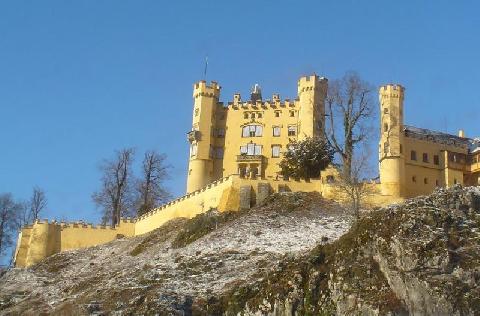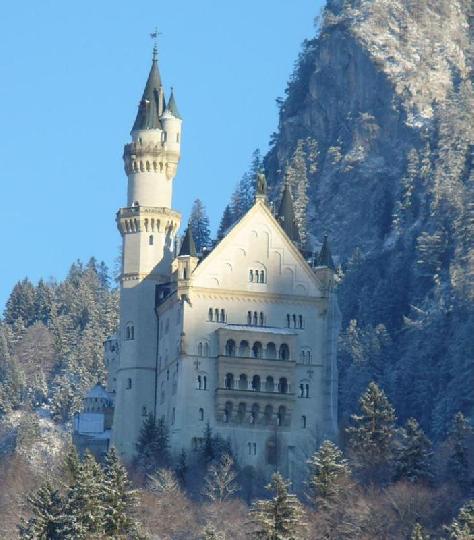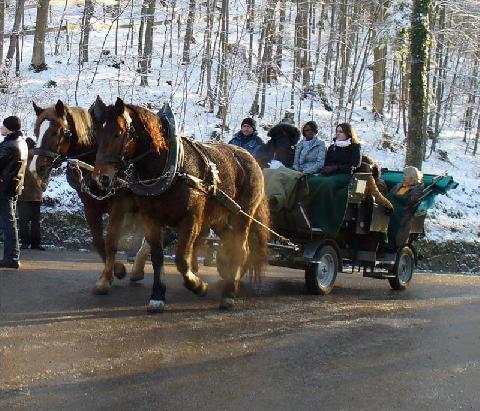Neuschwanstein Castle – fantasy and wonder
One of the most popular attractions of Germany is the Castle of Neuschwanstein. The castle, which is a marvel of architecture, is the brain child of King Ludwig II of Bavaria and it is said to have contributed to the ruin and eventual death of the king.
Located in the south of Germany, near the town of Füssen, in Bavaria, it’s a one day trip idea which you can do from almost anywhere in Germany (except maybe the northernmost parts), thanks to the excelent highway system, or even from Austria, which is what I did. To be honest, I wanted to see it so much that I dragged my whole party of fellow travelers from Vienna to Neuschwanstein for the whole 500 km (it can still be a one day trip if you have a willing driver, or a couple of unwilling ones, the roads are really good, and you do most of the trip on the Austrian and German highways).
From the highway you travel through some beautiful countryside, and arrive to the village of Hohenschwangau. Here you can find the ticket center, where you can buy tickets for both Castle Neuschwanstein (which translates to New Stone Swan), which is the star attraction, and also to the nearby older castle of Hohenschwangau, which rests opposite on another height. You have to pay attention to the entry time printed on your ticket, when your tour begins, and factor in the time needed to get to the castle itself.
The castle is perched on the top of a cliff in a location characterized by the king himself as being ”the most beautiful one could find, holy and unapproachable, a worthy temple for the divine friend who has brought salvation and true blessing to the world”. In order to reach it you have to take a rather steep climb on a winding, tree shadowed road (a 45 minutes’ walk in the summer). If walking is not your thing, there is the option of buses, or for the more romantically inclined, horse-drawn carriages (personal cars are only permitted up to the ticket center, in the vicinity of which there are a couple of big parking lots). Near the entrance of the castle there is very conveniently located a restaurant where you can sample some Bavarian foods and beers.
The entrance gate is majestic, evoking the old medieval castles (the castle is comparatively new, the construction begin in 1869, and it was never completed, construction stopped after the king was declared insane in 1886). From the gate you come to the courtyard, the starting point of your tour. All tours are guided, and there are guides available in German and English as well as audio guides in other languages.
From there you visit the rest of the castle, which will offer you one of the most interesting experiences. The view from the castle is breathtaking, as it overlooks the whole area and it offers a great view of the valley and lake beneath.
The rooms of the castle, of which only fourteen where completed before the king’s death, are lavishly decorated with carved wood, sculptures, paintings and chandeliers. The decorations of the castle are inspired from Wagner’s works (especially Lohengrin), which Ludwig greatly admired. Some of the more special rooms include the throne room, the Grotto (an artificial cavern), and a theater room featuring the set for one of Wagner’s operas.
The tour ends somewhat abruptly with a visit of the imperial kitchens and the gift shop, and leaves the tourist wondering how the rest of the castle might have looked if only the one they called “the fairy tale king” would have had the chance to complete it.



